ATI/AMD introduced XGP in 2008, an external hybrid graphics platform for laptops, later known as eGPU. PCI-SIG’s 2012 OCuLink specification, finalized in 2015, enabled optical and copper PCIe connections, supporting up to 32 Gbps. While mainly used in servers, it supports internal/external PCIe storage and NVMe U.2 drives. Recent renewals include Asus Flow (2021) and Minisforum’s R3GAF docking station (2023).
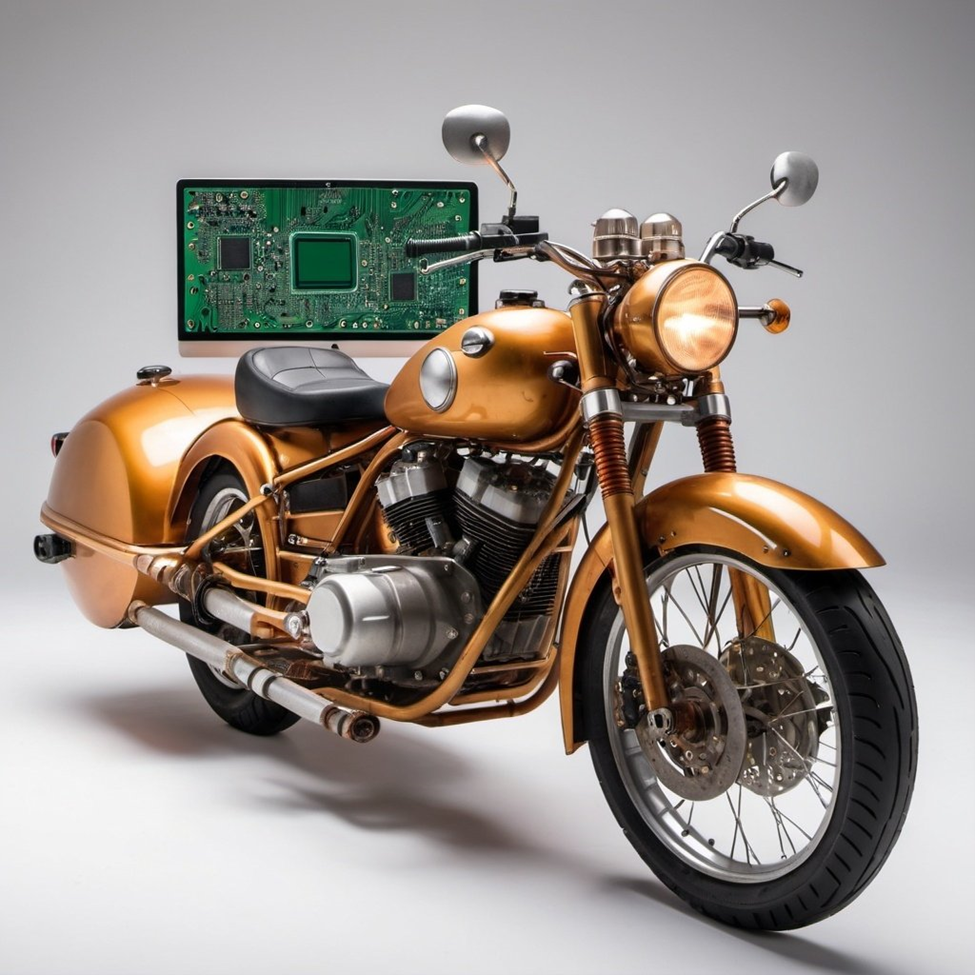
Back in 2008, ATI/AMD announced XGP—external hybrid graphics for laptops. It was a new external PCIe 2.0 graphics platform designed to deliver enthusiast-class desktop graphics performance to notebooks and would, years later, be called an eGPU—external GPU. ATI’s AIB was in a separate box called Sidecar. Ten years later, the concept was renewed and the external cabinet was renamed a breadbox. (Sidecar was a much cooler name.)
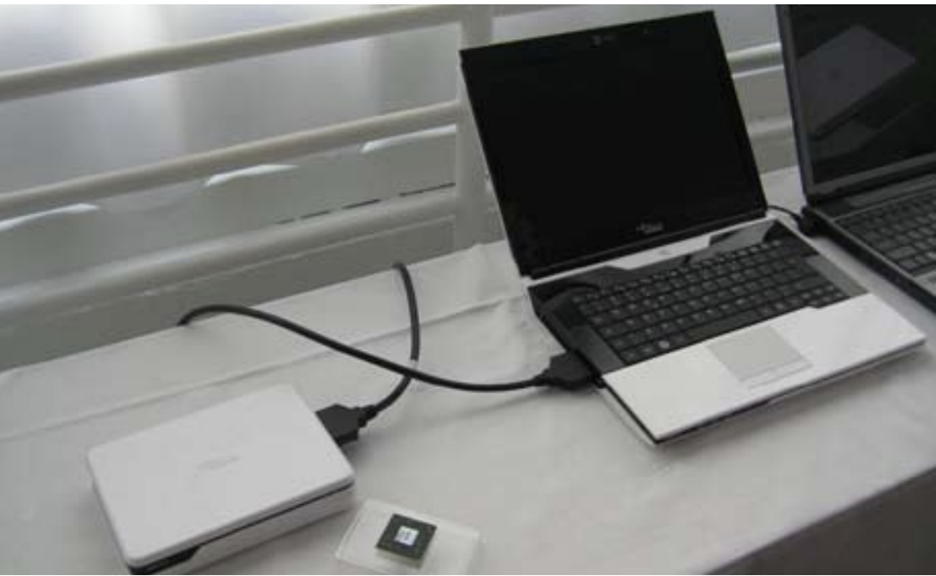
Later, the PCI-SIG proposed the Optical-Copper (Cu) Link specification in early 2012. As the name implies, it combines optical transmission with copper interfaces for existing PCs. The specification was finalized and then ratified on October 23, 2015, but quickly forgotten. It has a special custom connecter and adapter board that plugs in to a PCIe 16x slot, which defines the maximum bandwidth. Adapter boards can be found for just under $100, a copper cable goes for $20, and an optical cable is about $70 or so. Then there is the connection at the other end, which was never really defined and assumed to simply be a repeat of the source end, like HDMI or DisplayPort.
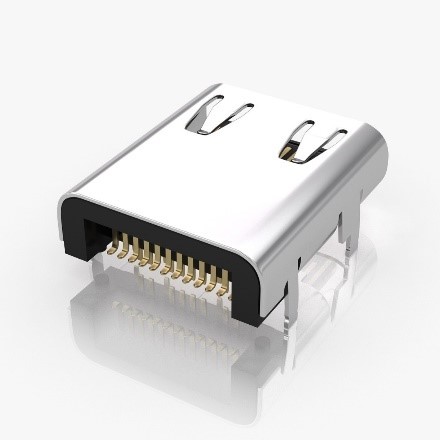
The external and internal connector supports up to four PCIe lanes, each capable of 8 GT/sec (gigatransfers per second). Consequently, OCuLink can deliver up to 32 Gbps of bidirectional bandwidth in a four-lane configuration.
OCuLink technology is utilized in various applications such as internal and external PCIe-bound storage, PCIe I/O expansion, and A/V accessories. In server environments, OCuLink serves as a connection from the motherboard or add-in card to the HDD midplane, offering an alternative to Mini-SAS HD. Additionally, OCuLink connections are compatible with NVMe U.2 drives.
It has mostly been used in servers. OCuLink supports both optical and electrical signaling, and has higher bandwidth than Thunderbolt. (While Thunderbolt 4 provides around 40 Gbps, or close to 5 GB/sec, OCuLink can support up to 16 GB/sec of bandwidth.) However, it’s not as common as other standards like USB4 or Thunderbolt 2.
In 2015, Alienware rejuvenated the concept of a sidecar and called it the Amplifier. It was introduced before Thunderbolt was readily available, so Alienware had to develop its own PCIe extension scheme.
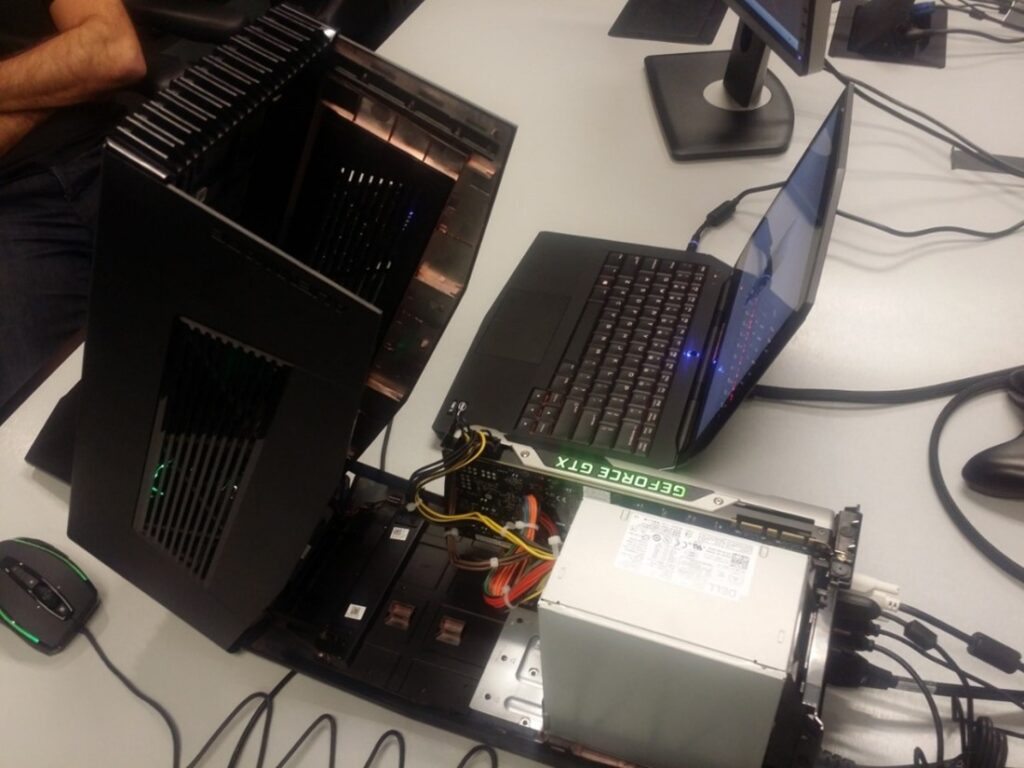
Then, in 2019, Apple enabled eGPU support on MacBook Pro notebooks released in 2016 and later, iMac computers introduced in 2017 and later, and iMac Pro.
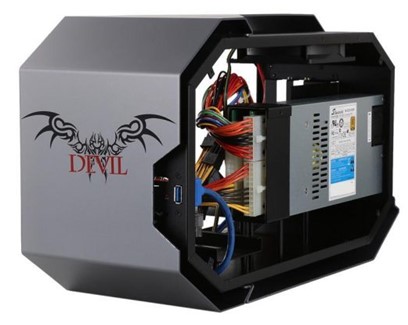
Nvidia also offered an eGPU for their Quadro product line. One could connect an external high-end desktop Quadro GPU to their Thunderbolt 3 and Intel Certified laptop to accelerate their professional workflow.

And then, the world went home and forgot all about it.
In 2021, Asus introduced the Asus Flow, a 13-inch convertible with a customized version of OCuLink and an external Nvidia GPU. Time to wake up.

And three years later, the idea has been renewed again. Hong Kong-based Minisforum, founded in 2018, introduced at Comdex its R3GAF, a DEG1 OCuLink graphics docking station. It contains an external 120W Radeon 7600M XT GPU with 8GB of GDDR6 memory that connects to a PC via OCuLink. And so history repeats itself, itself, itself, again.
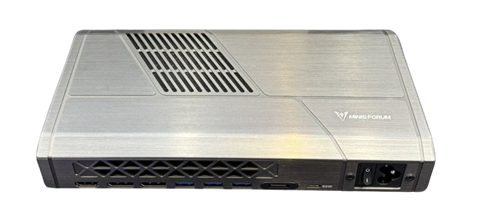
So, ATI/AMD kicked off the concept of the Sidecar in 2008, and 16 years later, they return with it—how’s that for a time loop?